All your data in one place. The advantages of centralized logging.
Sumo Logic collects and secures all your data in a unified platform, keeping it always online and searchable. With advanced analytics, you can quickly troubleshoot and pinpoint root causes, reducing mean time to recovery (MTTR).
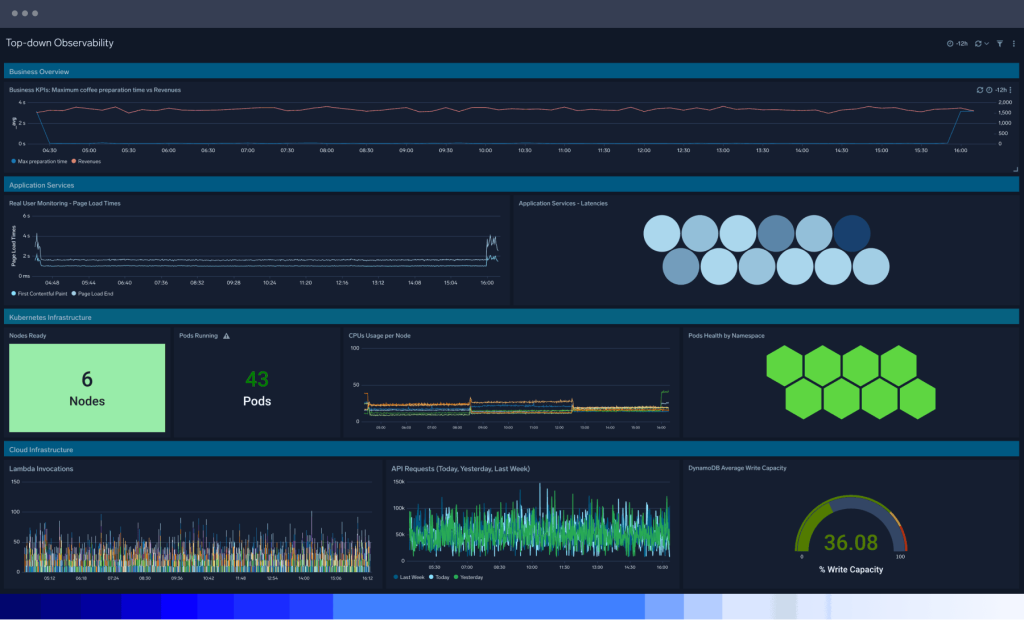
Complete visibility
Unified logs, events, metrics, and traces streamline data analysis, enabling faster and more accurate insights. Pre-configured dashboards provide instant visibility across the stack, while features like partitions and scheduled views ensure users can focus on the most relevant datasets.
Powerful log queries
Deep interrogation through robust log queries of all datasets accelerates threat detection and application performance optimization. Mobot with Query Agent transforms everyday language into actionable log queries, no complex syntax required.
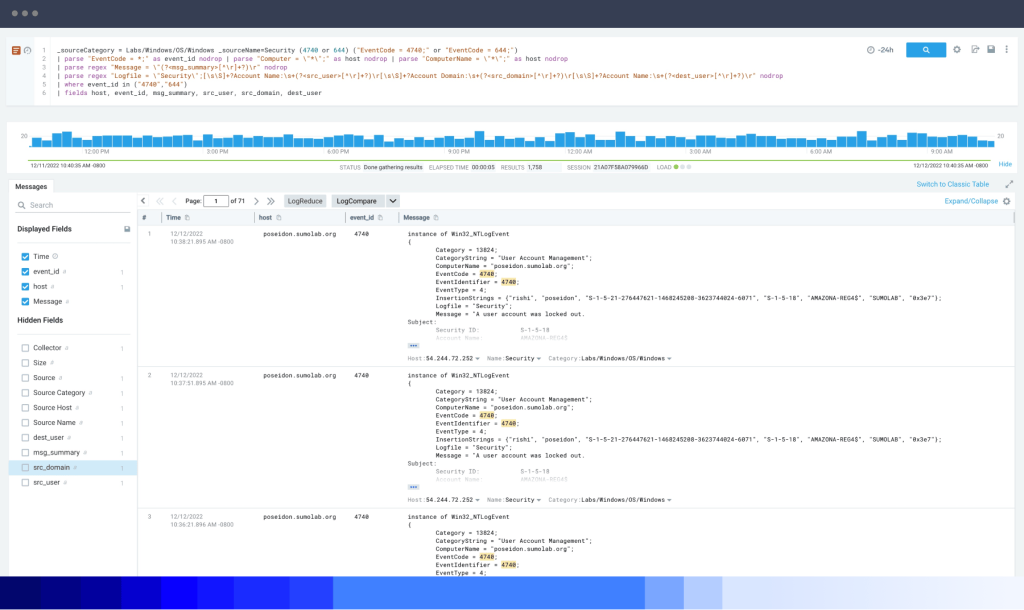
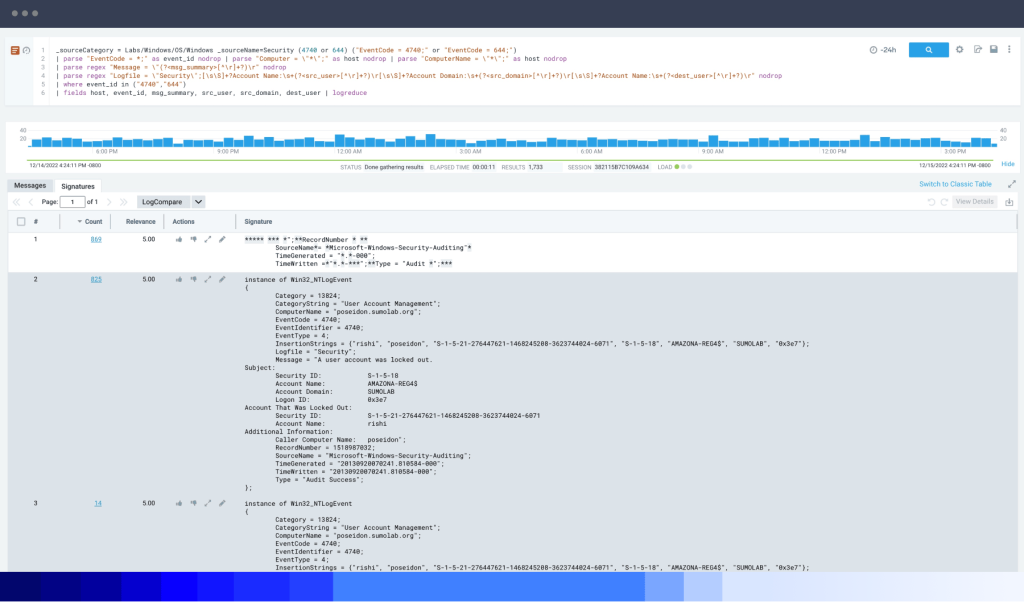
Advanced analytics
Comprehensive monitoring and alerting use machine learning to investigate threats and troubleshoot performance issues faster. Patented features, such as Log Compare, Log Reduce, Outlier Detection and flexible query language, help quickly zero in on the root cause of an operations or security issue.
Real-time insights
Rich data visualization on standard or customized dashboards helps visualize log data. Get deep performance and security insights with our machine learning-driven threat detection, integrated threat intelligence correlation and deep search-based investigation.
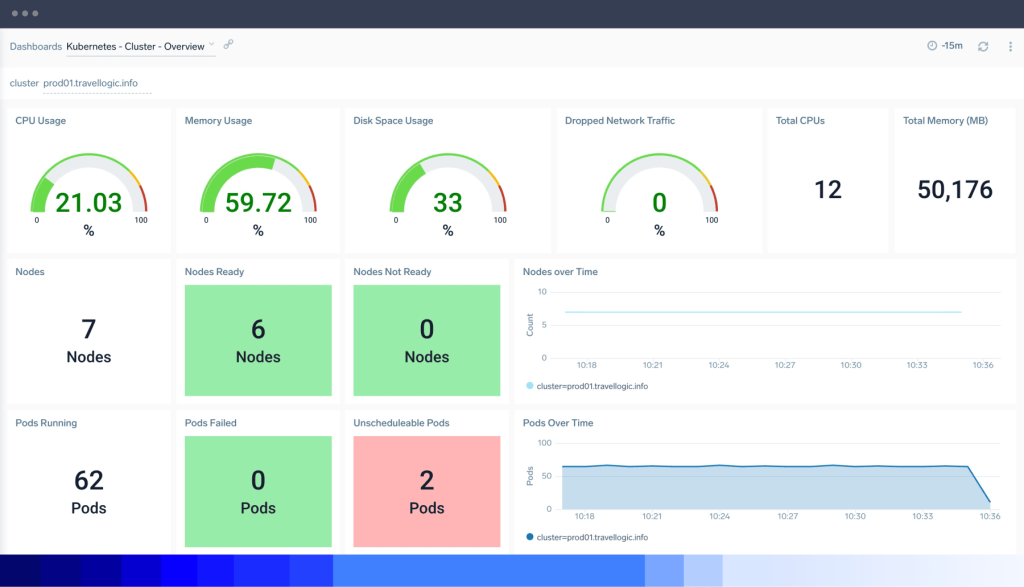
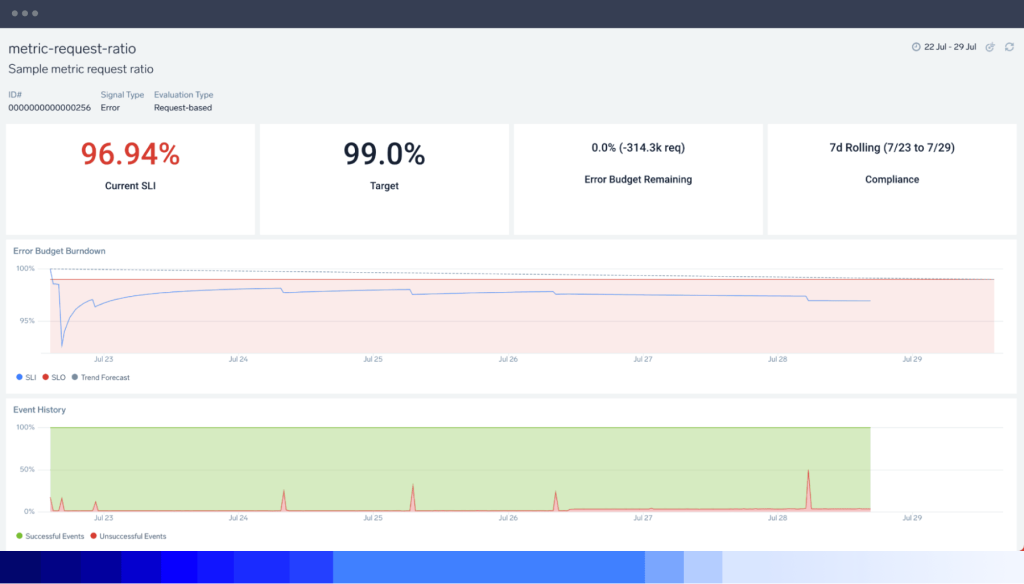
Reliability management
Powerful log search and query let you create real-time SLIs and SLOs to monitor golden signals like latency and errors that can impact the user experience. You have accurate information for making data-driven decisions to balance reliability with innovation.
Scalable and secure log management and analytics
Experience unlimited scalability and low management overhead with Sumo Logic’s modern multi-tenant SaaS analytics platform powered by logs. It’s perfect for operations and security teams to deliver reliable and secure modern applications to customers.

Unified platform, unlimited scalability
Get unified visibility into all application and infrastructure data across on-premises and cloud environments (AWS, GCP, Azure, and more. Our cloud-native observability and security platform scales seamlessly to meet demand, ensuring no data loss.

Data collection
Produce log analytics from any data source — hybrid, cloud, on-premises — using OpenTelemetry and a broad set of out-of-the-box integrations across cloud providers, containers, databases and web-based servers. Your data is never dropped.

Secure data storage and retention
Sumo Logic is a secure cloud platform with a robust portfolio of security and compliance certifications, including SOC 2.0, FedRAMP Ready, PCI DSS, HIPAA, masking, and encryption at rest and in motion.

$0 ingest and credit licensing
Flex Licensing decouples log ingest from budgets, eliminating data gaps during troubleshooting. Zero-dollar ingest lets you ingest all your log data, only charging you for the insights you derive by querying the platform. Maximize your analytics and eliminate budget waste by paying for the greatest value you receive.
Additional resources

The new era of observability: Why logs matter more than ever

Everything you need to know about log management

Log analysis: from days to 30 minutes

82% less downtime: enhanced organizational efficiency with Sumo Logic

Sumo Logic & AWS: Why logs are the key to success
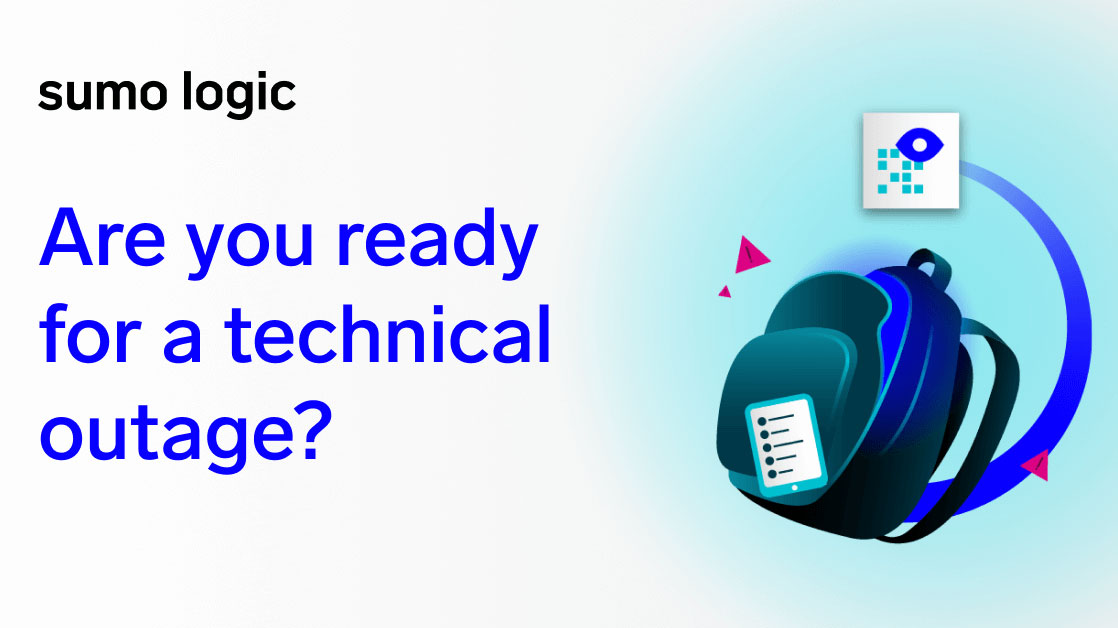
Are you ready for a technical outage?
FAQ
Still have questions?
Log analytics analyzes log data from various sources to understand and improve the performance and security of application and infrastructure environments.
Log analytics use cases include:
- Centralized log aggregation: Organizations collect and aggregate all of their logs from disparate systems and tools into a single location. With centralized logging tools, organizations can improve operational efficiency by eliminating potential data silos and duplicative IT tools, instead relying on cloud principles to offer increased scalability and accessibility.
- Identifying and troubleshooting technical issues: Log data helps identify the root cause of technical issues, such as server crashes or network outages.
- Monitoring system performance: Log data can monitor system performance, such as CPU and memory usage, and identify potential issues before they become critical.
- Security and threat detection: Log data helps identify security threats, such as malware infections or unauthorized access attempts.
- Auditing and compliance: Log data helps organizations meet regulatory and compliance requirements by providing a record of activities to audit.
- Customer experience optimization: Log data records how customers interact with an organization’s products or services, and identify opportunities for improvement.
- Business intelligence and data analysis: Log data provides insights into business operations and to make data-driven decisions.
Log management and log analytics are related, but they refer to different aspects of working with log data. Log management refers to the processes and tools used to collect, store and manage log data.
Log analytics refers to the process of analyzing log data to extract insights and generate useful information. The goal of log analytics is to use log data to improve the efficiency and effectiveness of an organization, identify and troubleshoot problems, and monitor the health and performance of systems.
Benefits to using log analytics include:
- Improved performance: By analyzing log data organizations can identify and resolve technical issues faster, improving overall system performance.
- Enhanced security: Log analytics help organizations detect security threats and breaches, allowing them to take action to prevent or mitigate these events.
- Better decision-making: Log data offers valuable insights into business operations and customer behavior, enabling organizations to make data-driven decisions.
- Compliance: Log analytics help organizations meet regulatory and compliance requirements by providing a record of activities to be audited.
- Cost savings: Identifying and resolving technical issues quickly helps organizations reduce downtime and minimize resolution costs.
- Improved customer experience: Log data helps understand how customers interact with your products or services and identifies opportunities for improvement
Sumo Logic has three different types of data collectors:
- Hosted Collectors reside in the cloud for seamless connection to cloud services.
- Installed Collectors are installed on a local machine.
- OpenTelemetry Distribution is an installed agent for all data built entirely with opentelemetry-collector-builder, providing a single unified agent to send logs, metrics, traces and metadata to Sumo Logic.
DevSecOps teams need to collect wide swaths of data across the user experience and threat environments. By logging and analyzing both security and observability data, you can better detect and remediate a host of problems, such as performance issues, vulnerabilities, and security breaches, resulting in a higher-quality experience.
With Sumo Logic you can collect logs using hundreds of out-of-the-box integrations, including:
- Cloud providers AWS, Azure and GCP
- Containers, such as Kubernetes and Docker
- Database servers Oracle, MongoDB, etc.
- Web-based servers like Apache and NGINX
- Security applications, including Okta and Zscaler
- Productivity tools, such as Salesforce, Jira and Zoom


